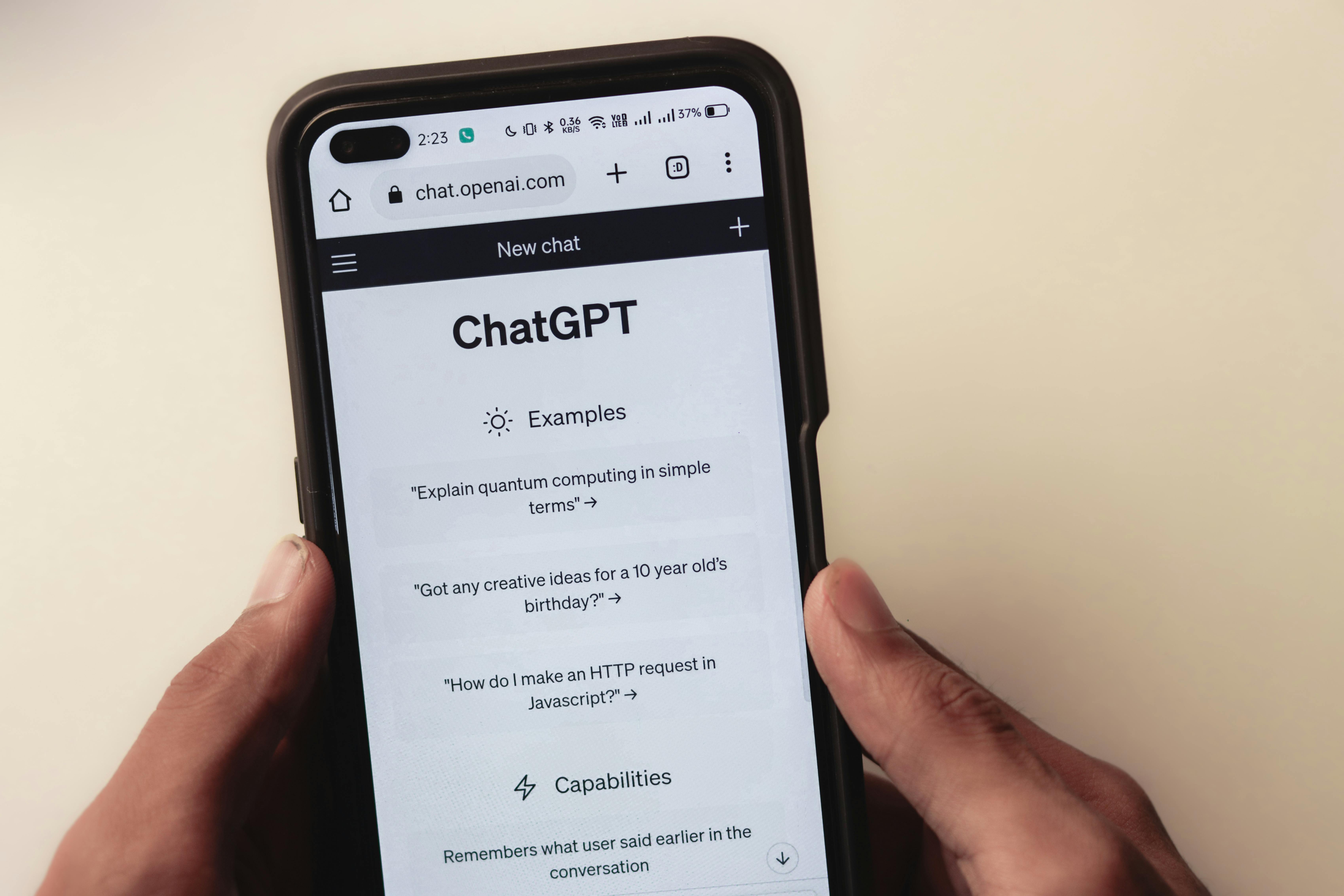HippoRAG 2 Improves Long-Term Memory in Large Language Models

Top post
From RAG to Memory: Non-Parametric Continual Learning for Large Language Models
The ability to continuously acquire, organize, and utilize knowledge is a central characteristic of human intelligence. AI systems must approximate this process to reach their full potential. Given the challenges in continual learning with large language models (LLMs), Retrieval-Augmented Generation (RAG) has become the dominant method for integrating new information. However, reliance on vector retrieval limits RAG's ability to replicate the dynamic and interconnected nature of human long-term memory.
Recent RAG approaches augment vector embeddings with various structures like knowledge graphs to address some of these gaps, particularly in the area of semantic understanding and associativity. However, their performance on basic factual memory tasks falls significantly short of standard RAG. This undesirable degradation is being addressed in current research.
One promising approach is HippoRAG 2, a framework that comprehensively outperforms standard RAG on factual, semantic understanding, and associative memory tasks. HippoRAG 2 builds upon the Personalized PageRank algorithm used in HippoRAG, extending it with deeper passage integration and more effective online utilization of an LLM. This combination brings this RAG system closer to the effectiveness of human long-term memory.
Compared to state-of-the-art embedding models, HippoRAG 2 achieves a 7% improvement on associative memory tasks while demonstrating superior capabilities in factual knowledge and semantic understanding. This work paves the way for non-parametric continual learning for LLMs. The integration of deeper passage integration and more effective online utilization of an LLM enables improved performance across various memory tasks.
The Importance of Continual Learning for LLMs
Continual learning is essential for the development of truly intelligent AI systems. It allows LLMs to adapt to new information and expand their knowledge base over time without forgetting what they have previously learned. This is particularly important in dynamic environments where information is constantly changing.
Challenges and Opportunities of RAG
RAG offers a promising solution for continual learning but also faces challenges. The reliance on static vector embeddings can limit the system's ability to capture complex relationships between information. New approaches like HippoRAG 2 attempt to overcome these limitations by integrating structured knowledge representations and more dynamic retrieval mechanisms.
Outlook
Research in the field of continual learning for LLMs is dynamic and promising. Non-parametric approaches like HippoRAG 2 open up new possibilities for the development of AI systems that can more effectively mimic human learning processes. The combination of RAG with advanced algorithms and more effective LLM utilization contributes to pushing the boundaries of what's possible in the field of artificial intelligence. For companies like Mindverse, which specialize in the development of AI solutions, these advancements offer enormous potential for creating innovative applications in various fields.
Bibliography: - https://arxiv.org/abs/2502.14802 - https://arxiv.org/html/2502.14802v1 - http://paperreading.club/page?id=285925 - https://x.com/_reachsumit/status/1892813473291055501 - https://twitter.com/raphaelmansuy/status/1892796234840363297 - https://arize.com/blog/retrieval-augmented-generation-paper-reading-and-discussion/ - https://openreview.net/pdf/df9c469d14ddc77c9f6e7be36a7aeff3b649b280.pdf - https://www.chatpaper.com/chatpaper/zh-CN?id=3&date=1740067200&page=1 - https://openreview.net/pdf?id=XwJFHV5C8l.png)


